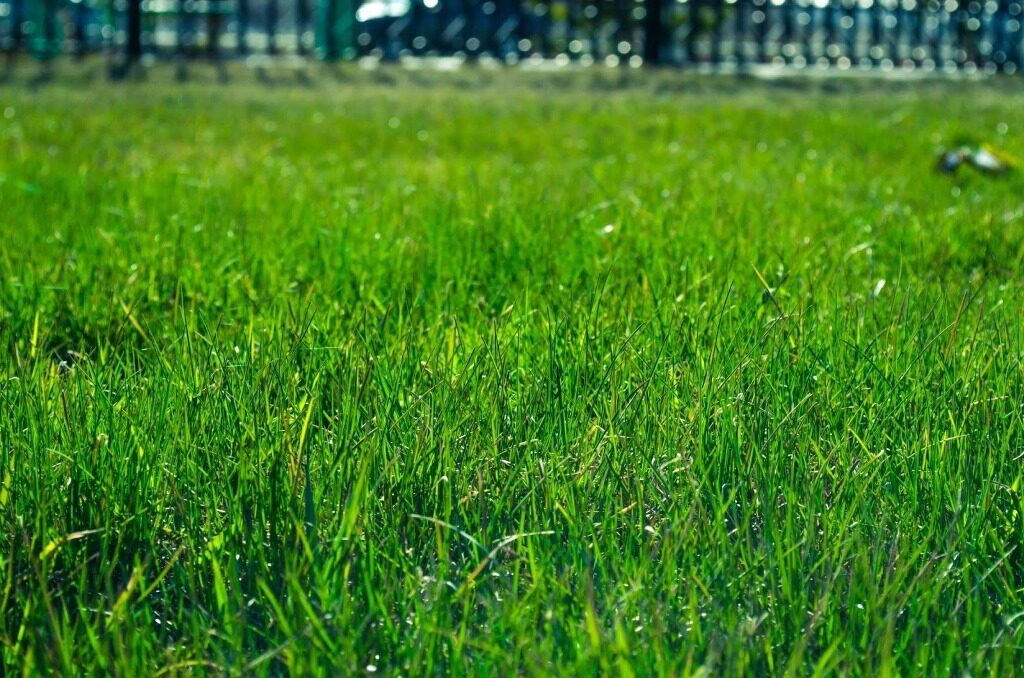We’re all warned at some point that the grass is greener on the other side — and this can hold true for your lawn!
Have you ever looked over at a neighbor’s verdant yard and wondered how they did it? Sodding may be the answer.
Read on to learn all the benefits of sodding your yard!
What Is Sod?
Sod is grass and soil held beneath by a root system or biodegradable material.
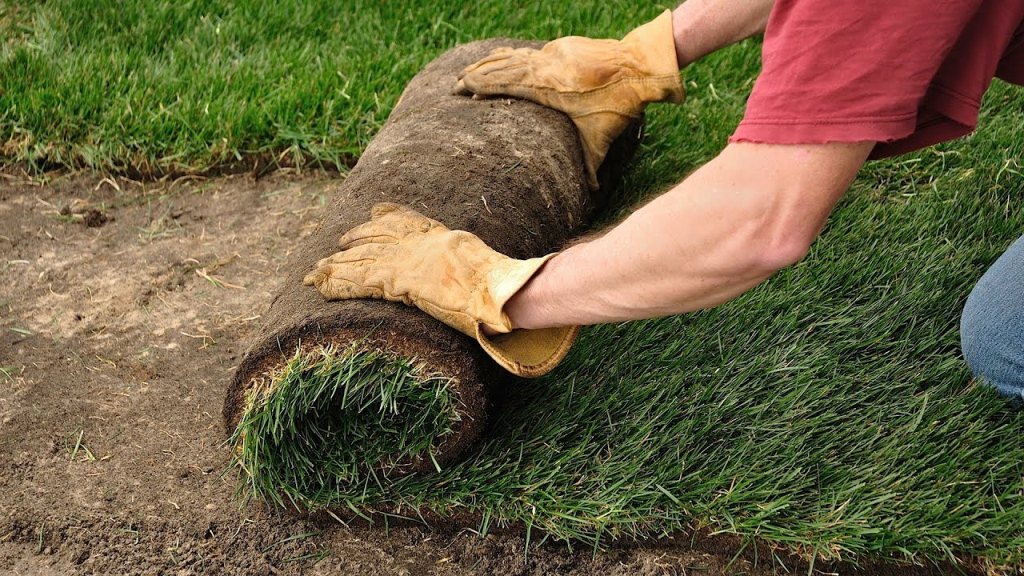
It’s harvested 10 to 18 months after it’s planted and can be sold as a square slab or a rolled rectangle. It also happens to be one of the fastest ways to establish a lawn.
Some of the most popular types of sod that sod companies grow include:
Bermuda Grass
This is extensively used in the Southeastern part of the U.S.
It’s adaptable in nearly all climates and is low maintenance because of its slow growth.
Bella Bluegrass
This is considered a dwarf plant and requires a minimum amount of mowing.
It’s drought-resistant and can grow well in poor soil.
St. Augustine
This grass is available as sod only and doesn’t grow well in the cold.
Developed by the University of Florida, it’s pest resistant and can grow in shady conditions. It also requires a minimum amount of maintenance.
Centipede Grass
Mostly found in Florida, this was brought from Southeastern Asia in 1916.
Although it has a coarse appearance, it can maintain its color into late fall and turns green in early spring.
Advantages of Sodding Your Lawn
Compared with seeding your lawn, sodding has a variety of advantages that you may not have considered.
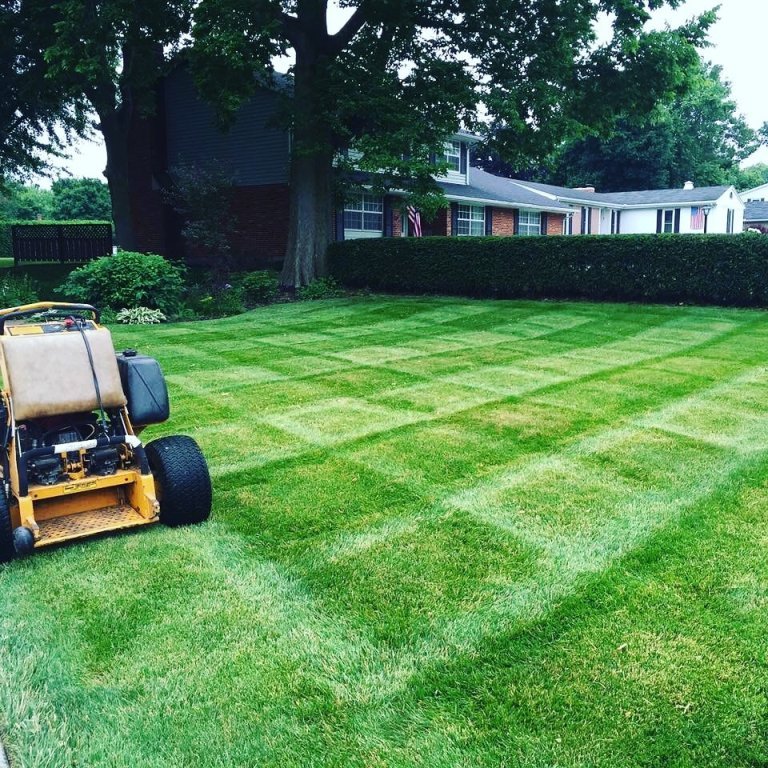
1. Instant Lawn
One of the most noticeable advantages of sod is that you’ll have an instant lawn.
Seeding your lawn takes at least 18 months to grow; in the meantime, you’ll be stuck with a bare yard. Sodding, on the other hand, provides an immediate aesthetic change and is fully established about two weeks after it’s placed.
The average size yard is able to have sod installed in a matter of hours. Moreover, it can be installed during any season, as long as the ground isn’t frozen.
2. Less Irrigation
To help with seed germination, a seeded lawn needs to be watered at least four times a day to keep the ground moist.
New sod only needs to be watered twice a day a couple of weeks after it’s planted.
3. Preventing Soil Erosion
Sod is able to control dust, mud, and erosion — this is because it’s already fully grown.
If you have a yard that becomes muddy when it rains, sod is a great way to eliminate this issue.
4. Professionally Grown
Sod is grown by professionals. They know the right techniques to harvest superior soil that’s as green and healthy as it can possibly be.
Sod farms usually grow their sod from high-quality seeds or hybrid sprigs. They use a specially-designed machine that’s able to lift strips of sod like rolls of a carpet. Some sod farms won’t harvest the sod until they receive an order — this keeps it as healthy as possible.
5. Heat Reduction
Asphalt, concrete, bare soil, and artificial turf emanate heat. Sod is able to absorb heat.
This is important for areas that experience a lot of hot weather, like Arizona and Florida.
Along with heat reduction, it also reduces greenhouses gases by absorbing carbon dioxide. It then releases oxygen and cools the air.
6. Added Value
A green, luscious lawn instantly adds value to your home — an important point if you’re preparing to sell.
The landscaping of your home is just as important as the interior.
Maintaining Your Sod
Sod can only grow if the soil underneath is prepared.
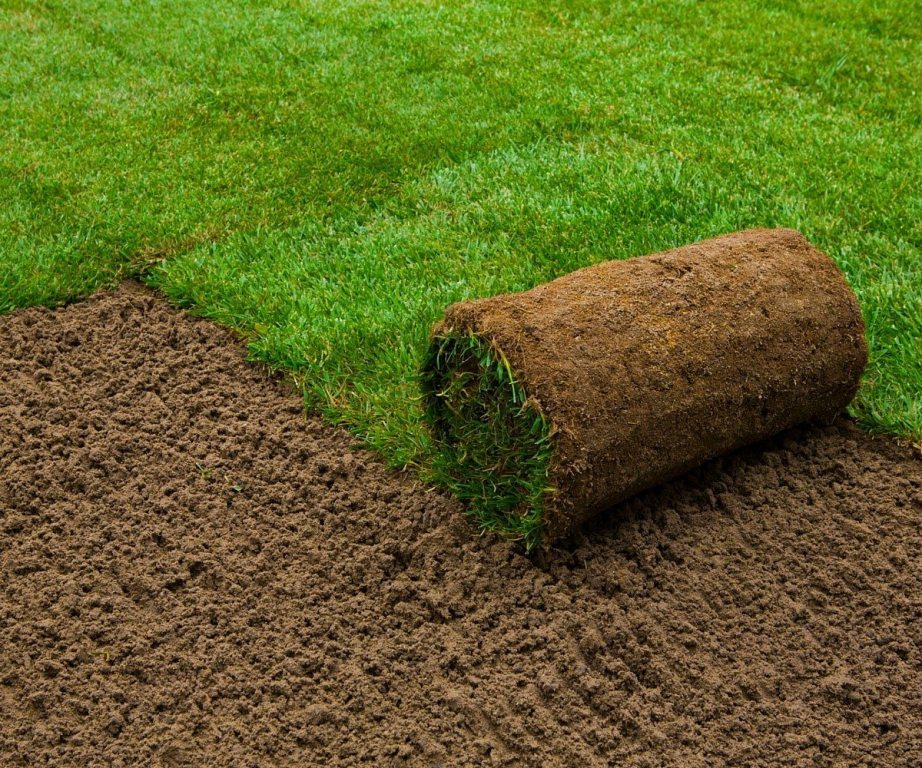
You’ll need to make sure your soil has an adequate amount of nutrients and no toxins or contaminants.
After Installation
The fresher your sod, the better. Ideally, you want it to be harvested and installed on the same day.
Once your sod is installed, you’ll need to do some maintenance to keep it alive and healthy. This is far easier to do compared with seeded grass.
New Sod
For the first couple of days, ensure your sod is saturated with water and kept moist.
This is because the roots are trying to attach themselves to the soil. Once the sod is rooted, you can reduce watering to an inch per week.
You’ll want to avoid walking on sod while it’s getting established, otherwise, you’ll interfere with its root development.
Fungi and Insects
New sod tends to be vulnerable to fungus.
If you notice the grass is discolored, try using an organic fungicide to eliminate the disease.
Insects can cause a lot of damage to sod. If you suspect there’s an insect problem, you can look under the sod for white grubs.
A Luscious Lawn
By now you know the advantage of sodding versus seeding your lawn.
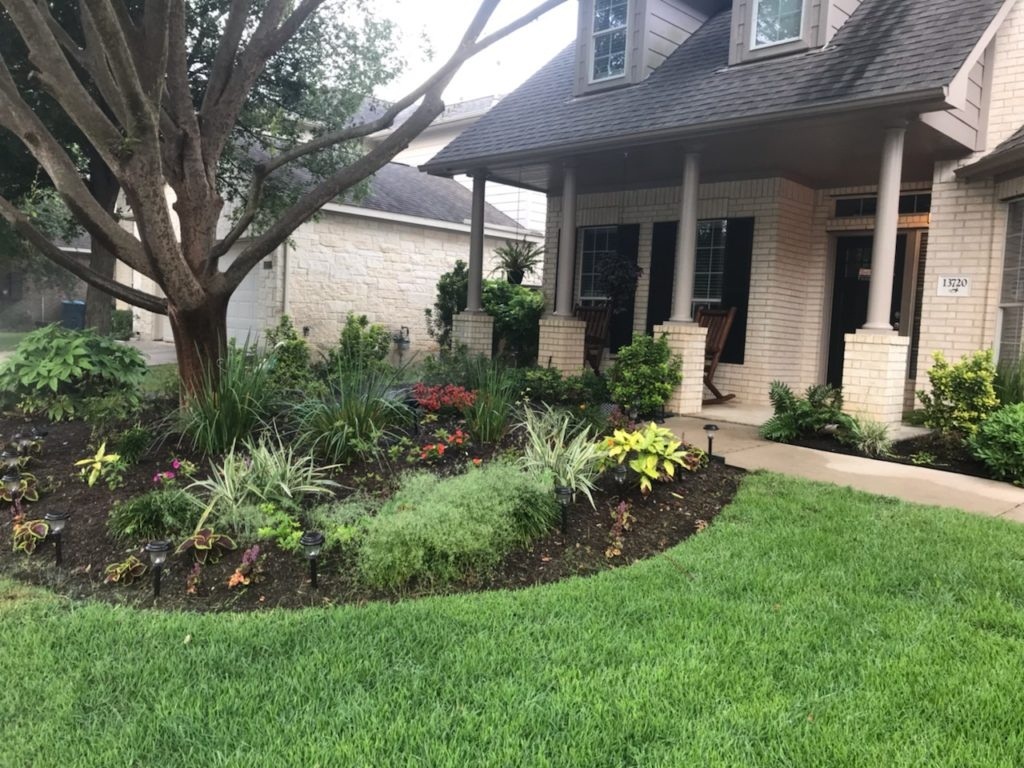
Because of its quick installation, you’ll be able to have a beautiful lawn almost instantaneously.
Moreover, you’re protecting the soil underneath from erosion and saving yourself the expense of frequent watering.
If you’re tired of struggling with a less than ideal lawn and want a quick way to add value to your home, installing sod is the way to go.
Keep reading our blog for more ways to improve your landscaping for a beautiful home exterior!
